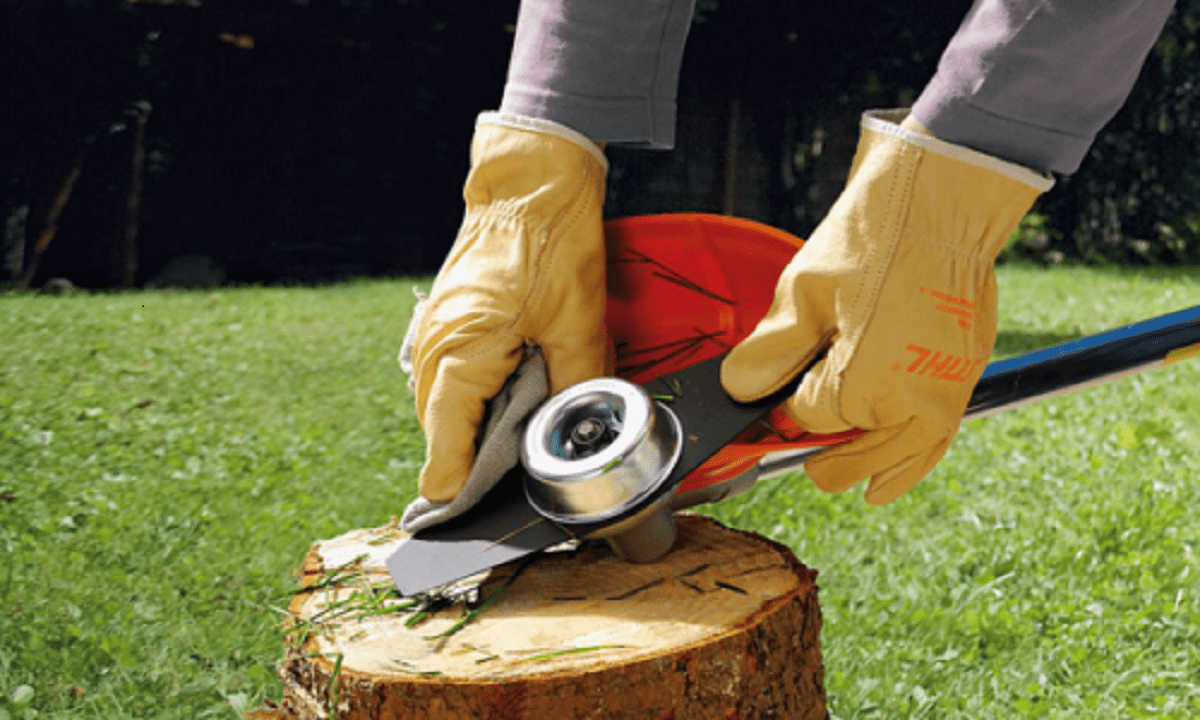Farming is a demanding profession that requires dedication, hard work, and the right set of tools. Among these tools, agricultural equipment plays a pivotal role in enhancing efficiency and productivity. However, to ensure that these machines operate at their best, regular maintenance is crucial. In this guide, we will delve into the key practices that farmers can adopt to efficiently maintain their farming tools and equipment.
- Create a Maintenance Schedule: The first step in efficient equipment maintenance is to establish a regular schedule. Create a calendar that outlines routine maintenance tasks such as oil changes, filter replacements, and inspections. Adhering to a schedule prevents neglect and ensures that no essential maintenance tasks are overlooked.
- Regular Inspections: Conducting regular inspections is paramount to identifying potential issues before they escalate. Inspect all aspects of the equipment, from engine components to hydraulic systems. Addressing minor problems early can prevent major breakdowns and extend the lifespan of your machinery.
- Lubrication: Proper lubrication is essential for the smooth operation of agricultural equipment. Regularly check and lubricate all moving parts, including bearings, joints, and pivot points. Use high-quality lubricants recommended by the equipment manufacturer to prevent wear and tear.
- Cleanliness Matters: Dust, debris, and residue can accumulate on agricultural equipment during operation. Regularly clean your machinery to prevent the buildup of these materials, as they can contribute to wear and corrosion. Pay special attention to air filters, radiators, and cooling systems.
- Keep Records: Maintain detailed records of all maintenance activities. This includes dates of service, parts replaced, and any issues encountered. Keeping comprehensive records helps track the performance of your equipment over time and aids in making informed decisions about future maintenance or upgrades.
- Proper Storage: When agricultural equipment is not in use, proper storage is crucial. Store machinery in a clean, dry environment to prevent rust and corrosion. Ensure that equipment is protected from the elements, and consider using covers when necessary. Additionally, store equipment with proper support to prevent flat spots on tires.
- Train Your Team: Equip your team with the knowledge and skills needed for basic equipment maintenance. Proper training ensures that everyone involved in farm operations understands the importance of maintenance tasks and can contribute to the overall upkeep of the machinery.
- Replace Worn Parts Promptly: Worn or damaged parts can compromise the performance of your equipment. Regularly check for signs of wear and replace parts as needed. Waiting too long to replace worn components can lead to more extensive damage and costly repairs.
- Consult the Manufacturer’s Manual: Always refer to the manufacturer’s manual for specific maintenance guidelines and recommendations. Following the manufacturer’s guidelines ensures that you are performing maintenance tasks correctly and using the right products.
- Invest in Professional Inspections: Periodically, consider hiring professionals for in-depth inspections. Experienced technicians can identify issues that may go unnoticed during routine checks and provide valuable insights into optimizing equipment performance.
Conclusion:
Efficient maintenance of agricultural equipment is a critical aspect of successful farming. By establishing a proactive maintenance routine, farmers can not only prevent costly breakdowns but also ensure that their machinery operates at peak efficiency, ultimately contributing to increased productivity and profitability on the farm.
